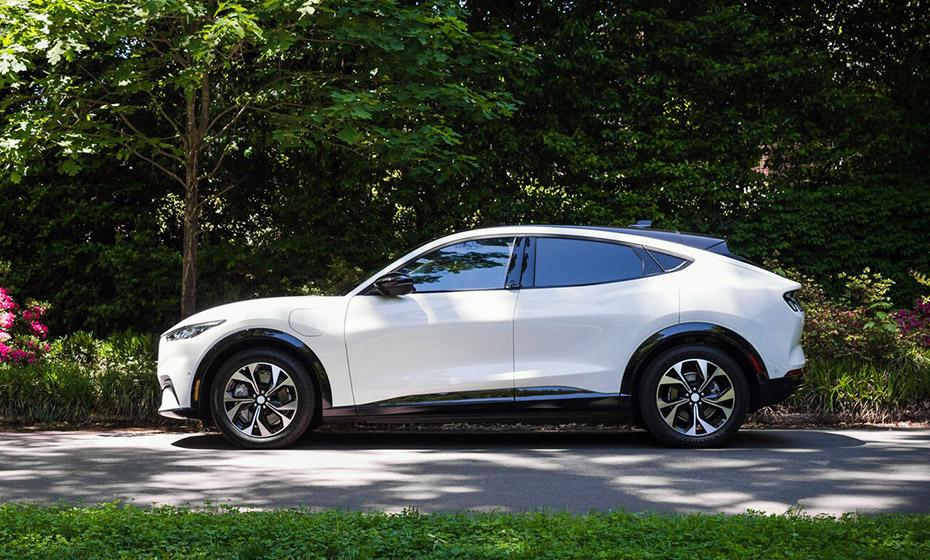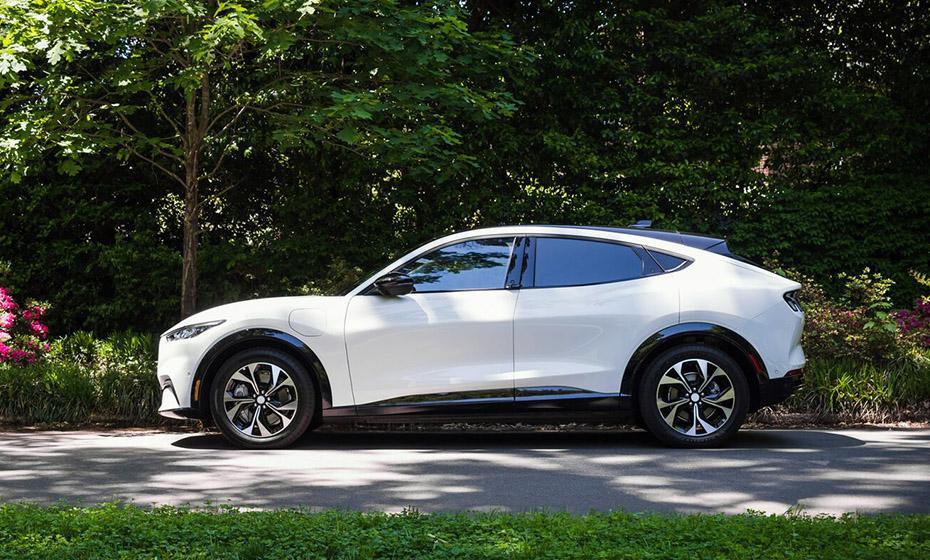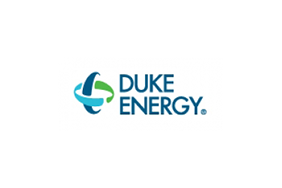Need Help Buying an EV? Here’s How To Navigate the Tax Credits
How to get up to $7,500 in federal tax credits
Published 06-22-23
Submitted by Duke Energy

By Vanessa Infanzon illumination Contributor
If you’re like me, you’ve read the headlines about tax credits for an electric vehicle (EV) purchase and wondered if an EV is a fit for your family. Our cars are more than 15 years old, so we know a vehicle purchase is imminent. A tax credit could bring an EV closer to our budget.
The newest tax credits for EVs are part of the federal Inflation Reduction Act. The EV tax credits include up to $7,500 for new vehicles, and up to $4,000 for previously owned.
“These new credits create opportunity for prospective EV buyers, many of whom we anticipate will be first-time EV drivers,” said Dylan Lustig, public policy manager at Duke Energy.
Here’s what you need to know if you’re thinking about buying an EV:

Research your options
- Know what is eligible for tax credits.
- Duke Energy’s EV page can help customers decide what car is right for them and how much they’ll save with the fuel savings calculator. The company also has programs to help cover the costs of upgrading electric infrastructure for installation of a charger in some jurisdictions.
- “I strongly recommend leaning on a tax professional,” Lustig said, “make sure you and your vehicle of choice are eligible to receive them.”
- Review these IRS resources: Vehicles that qualify for credits, fact sheets and FAQs.
- Sedans cannot have an MSRP (manufacturer's suggested retail price) greater than $55,000. SUVs, trucks, and vans cannot have an MSRP greater than $80,000. The MSRP is on the vehicle information label attached to the vehicle at the dealer. According to the IRS, the MSRP for the tax credit is the base retail price suggested by the manufacturer, plus the retail price suggested by the manufacturer for each accessory or item of optional equipment attached to the vehicle at the time of delivery to the dealer. MSRP does not include destination charges or optional items added by the dealer, taxes and fees.
- Some previously owned vehicles purchased from a qualifying dealer are eligible for credit.

How does this benefit me?
Consumers can expect to see up to a $7,500 reduction in their federal tax liability with the purchase of an eligible vehicle. Switching to clean vehicles can potentially help save in other ways, including through lower fuel and operating costs, said Allan Zhao, an engineer in EPRI’s electric transportation program.
- Tax credits make EVs more affordable. This tax credit, he said, could bring the cost closer to the cost of an internal combustion engine-equipped vehicle.
- “We’re seeing an uptick in the market of consumer interest in electrical vehicles,” said Leilani Gonzalez, policy director at Zero Emission Transportation Association, a nonprofit focusing on advocacy and education around zero emissions. “One (EV) car is really impactful in reducing carbon emissions. EVs don’t have any tailpipe emissions.”
Charge up on road trips
Some people are concerned with the availability of charging stations during long road trips, known as “range anxiety.” Duke Energy is working with its states to ease concerns about finding a charger and has programs to help business owners deploy chargers.
“Just like you rely on gas stations along your route to fill up the tank on your gas-powered vehicle, a network of EV chargers will provide access to chargers for EV drivers,” said Logan Kureczka, lead communications manager at Duke Energy. “We are supporting our states’ plans to build out EV charging infrastructure to provide drivers with effective, efficient, and convenient charging options that enable long-distance travel – ensuring drivers are comfortable knowing there will be ample chargers along their route.”

Make the purchase
New vehicles have a maximum credit amount of $7,500. The tax credit is calculated by whether a vehicle meets two domestic manufacturing criteria: $3,750 for battery component requirements and $3,750 for mineral requirements. In addition to these requirements, there are other eligibility restrictions:
- Qualifying new vehicles final assembly location must be in North America and have a 7-kWh minimum battery capacity and meet vehicle MSRP limits.
- Qualifying consumers for a new EV must meet income limits: single filers: $150,000; joint filers: $300,000; single head of households: $225,000.
- Pre-owned vehicles have a maximum credit of $4,000. The amount depends on the vehicle’s specifications. To qualify, a vehicle must be at least two model years old, have a minimum battery capacity of 7 kWh, and be listed for less than $25,000 at a qualified dealer. The battery and mineral requirements do not apply for pre-owned vehicles.
- Qualifying consumers for a pre-owned EV must meet income limits: single filer: $75,000; joint filer: $125,000, single head of household: $112,500.
Get the tax credit
As part of the credit claim process, the dealership will provide both the consumer and IRS information such as VIN and details of the sale.
- Through the end of 2023, consumers complete IRS Form 8936 with their tax filings to claim the tax credit.
- Starting Jan. 1, 2024, consumers will be able to claim the credit amount at the point of sale.
View original content here

Duke Energy
Duke Energy
Duke Energy (NYSE: DUK), a Fortune 150 company headquartered in Charlotte, N.C., is one of America’s largest energy holding companies. The company’s electric utilities serve 8.4 million customers in North Carolina, South Carolina, Florida, Indiana, Ohio and Kentucky, and collectively own 54,800 megawatts of energy capacity. Its natural gas utilities serve 1.7 million customers in North Carolina, South Carolina, Tennessee, Ohio and Kentucky.
Duke Energy is executing an ambitious energy transition, keeping customer reliability and value at the forefront as it builds a smarter energy future. The company is investing in major electric grid upgrades and cleaner generation, including natural gas, nuclear, renewables and energy storage.
More information is available at duke-energy.com and the Duke Energy News Center. Follow Duke Energy on X, LinkedIn, Instagram and Facebook, and visit illumination for stories about the people and innovations powering our energy transition.
More from Duke Energy

